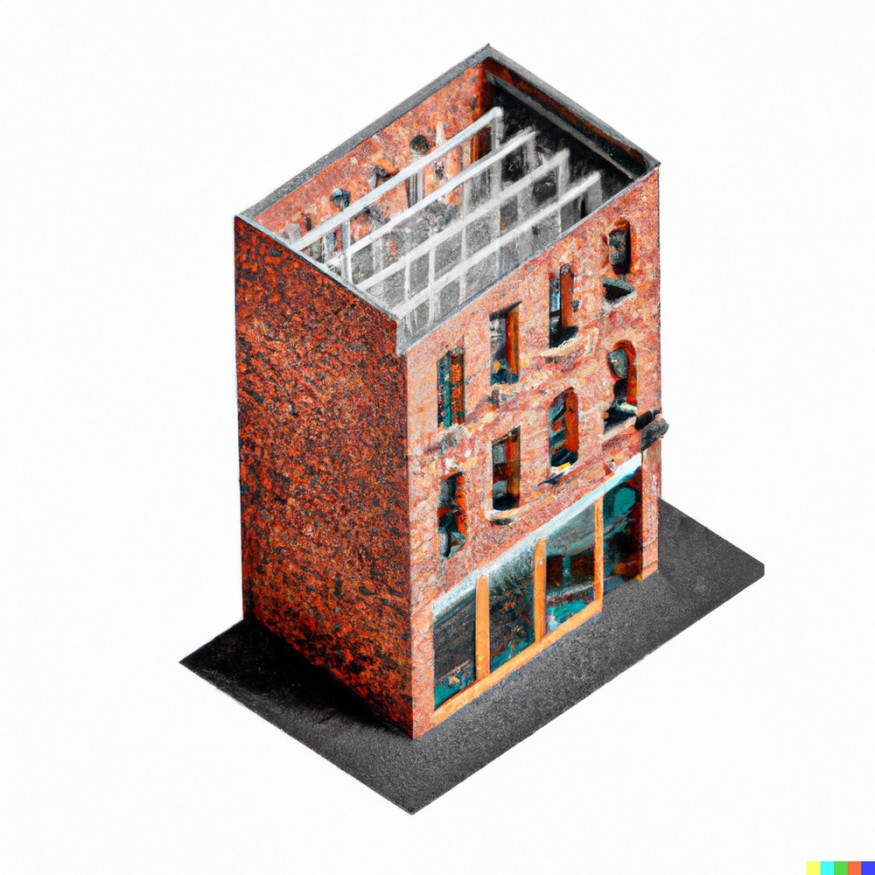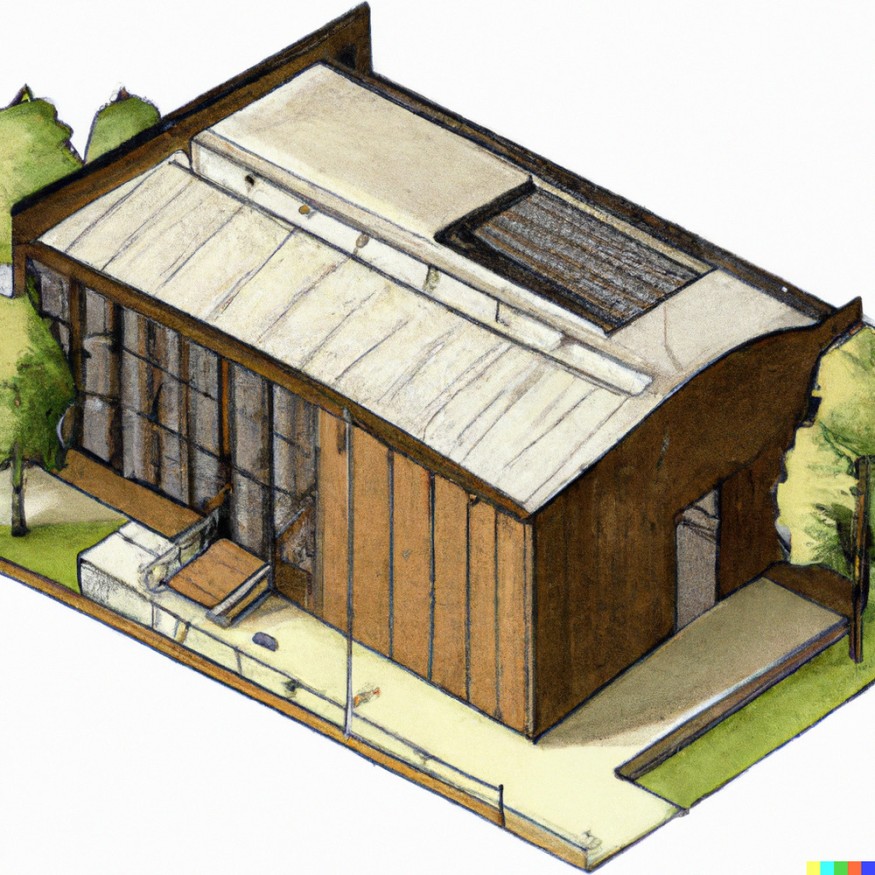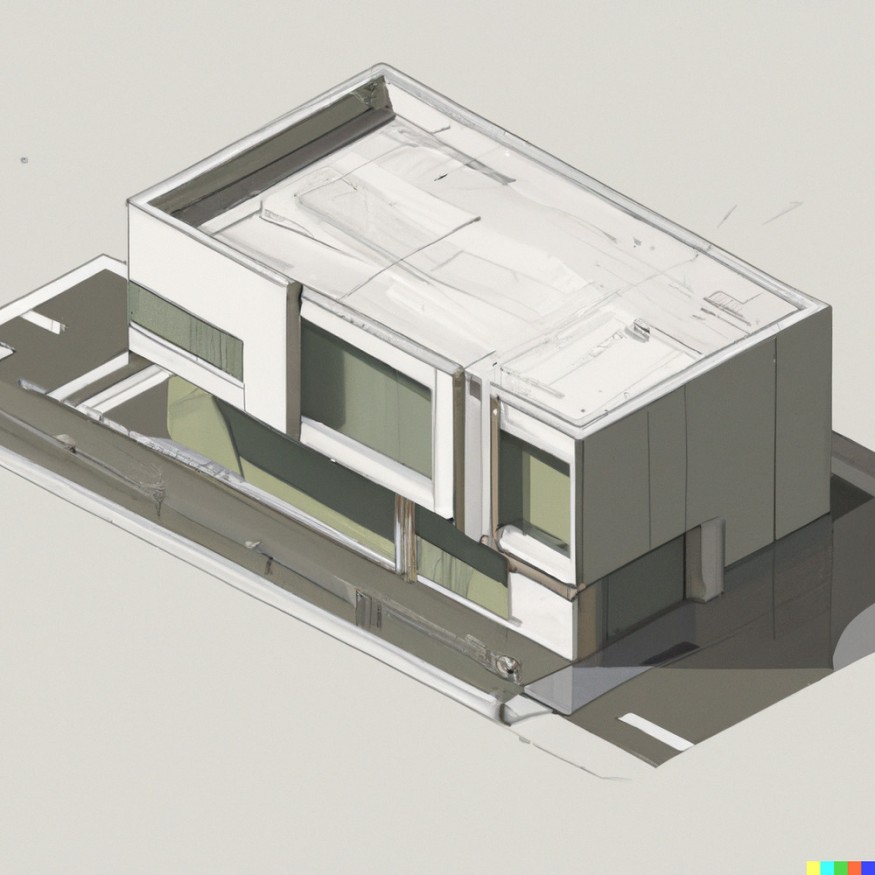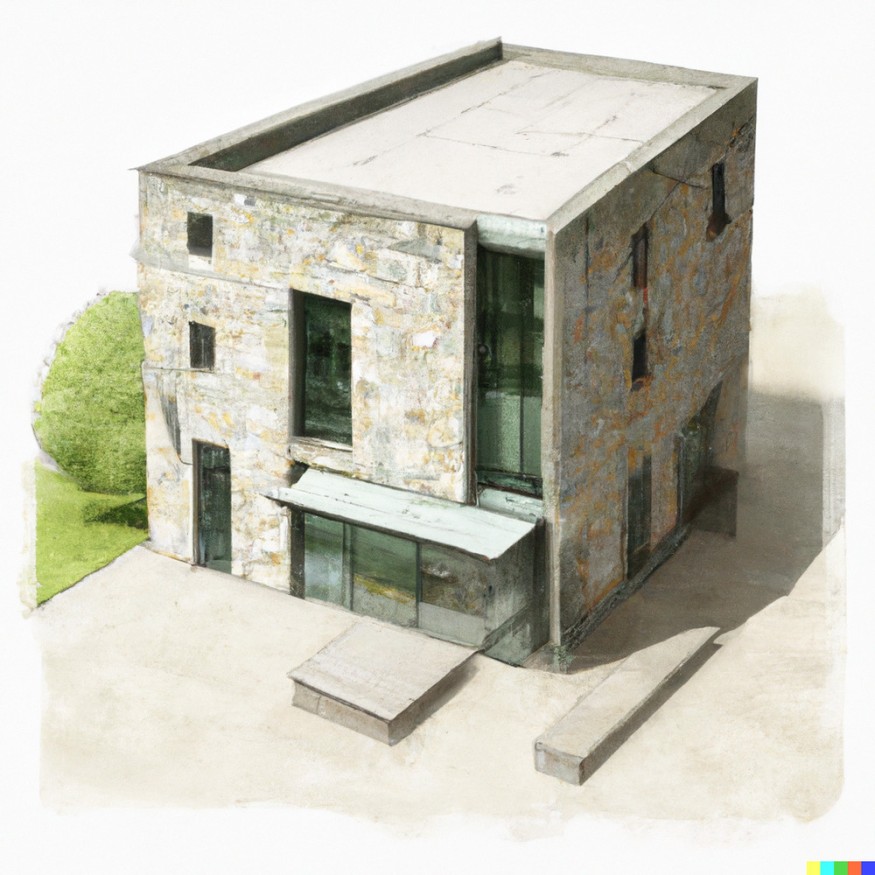AI Visualization of Architectural Materiality in Contemporary Design
As artificial intelligence (AI) continues to permeate various industries, its applications in architecture have sparked intriguing debates. One facet of this discourse revolves around AI's capacity to comprehend architectural concepts, particularly its ability to correlate materiality with contemporary design. This article embarks on an experiment using generative AI to explore how the technology interprets and visualizes six distinct building materials: brick, steel, adobe, wood, concrete, and stone.
Generative AIs with vast neural networks excel in creating images from natural language prompts. While they don't possess autonomous thinking, these AIs can generate visual representations grounded in existing information. The experiment's premise involves a single prompt - with materiality as the variable - to uncover how AI interprets and translates building materials into visualizations.
The experiment unfolds by analyzing visualizations organized by material types commonly employed in architecture.
Brick:

AI-generated visualizations of brick structures showcase a robust aesthetic, emphasizing the material's technical characteristics. Recognizing variations in shades and textures, the AI suggests diverse typologies, from collective housing akin to Exeter Library to industrial facilities resembling the Fagus Factory.
Steel:

The AI understands its role in interpreting steel beyond a dominant facade texture. Instead, it suggests its application as a construction system, often in conjunction with glass facades, echoing designs akin to the Seagram Building and Center Georges Pompidou.
Adobe:

Visualizations of adobe materials evoke a sense of regionality, incorporating features like small rectangular windows and pitched roofs. The AI-generated results bear similarities to projects like the Plúmula Workshop House, reflecting a local character.
Also Read: Inside Jesse Tyler Ferguson's California Paradise: A Family-Focused Haven
Wood:

Consistency prevails in AI-generated wood visualizations, showcasing a spectrum of shades. The images present structures of varying levels, reminiscent of humid climate designs like the Boca de Agua Hotel and volumes akin to the Open Park Villa.
Concrete:

Concrete visualizations reveal combinations of glass facades reminiscent of iconic designs like the Gropius House. The volumes often feature blind faces on the facade, essential to the building's identity, as seen in projects like Folm Arts.
Stone:

Stone proves challenging for AI representation due to perceptible differences. Despite difficulties, AI-generated shapes suggest residential projects like Viglostasi Residence and integrations of pre-existing elements, exemplified by the Hacienda El Barreno Visitors Pavilion.
Reflections on AI and Architecture
As the experiment unfolds, it becomes apparent that AI recognizes the character of buildings of specific materials, establishing a direct link with architectural typologies. Despite the prompt emphasizing the word "building," the AI generates visualizations spanning single-family housing, industrial complexes, and multi-story buildings.
While AI demonstrates an ability to distinguish material textures, there remains a journey ahead before it can generate proposals rooted in a profound understanding of the built environment, materials, and their essence. This experiment is a snapshot of AI's current capabilities, hinting at the technology's potential to evolve and deepen its understanding of abstract and artistic architectural concepts.
In the ongoing exploration of AI in architecture, this experiment sheds light on its evolving relationship with materiality. While the AI showcases a nuanced comprehension of materials, the path to generating complex proposals deeply rooted in architectural understanding remains fascinating. The article concludes with a contemplation on the future, pondering whether the question posed in the title will transform from an inquiry into a statement as AI matures and reshapes our perspectives on architecture.













